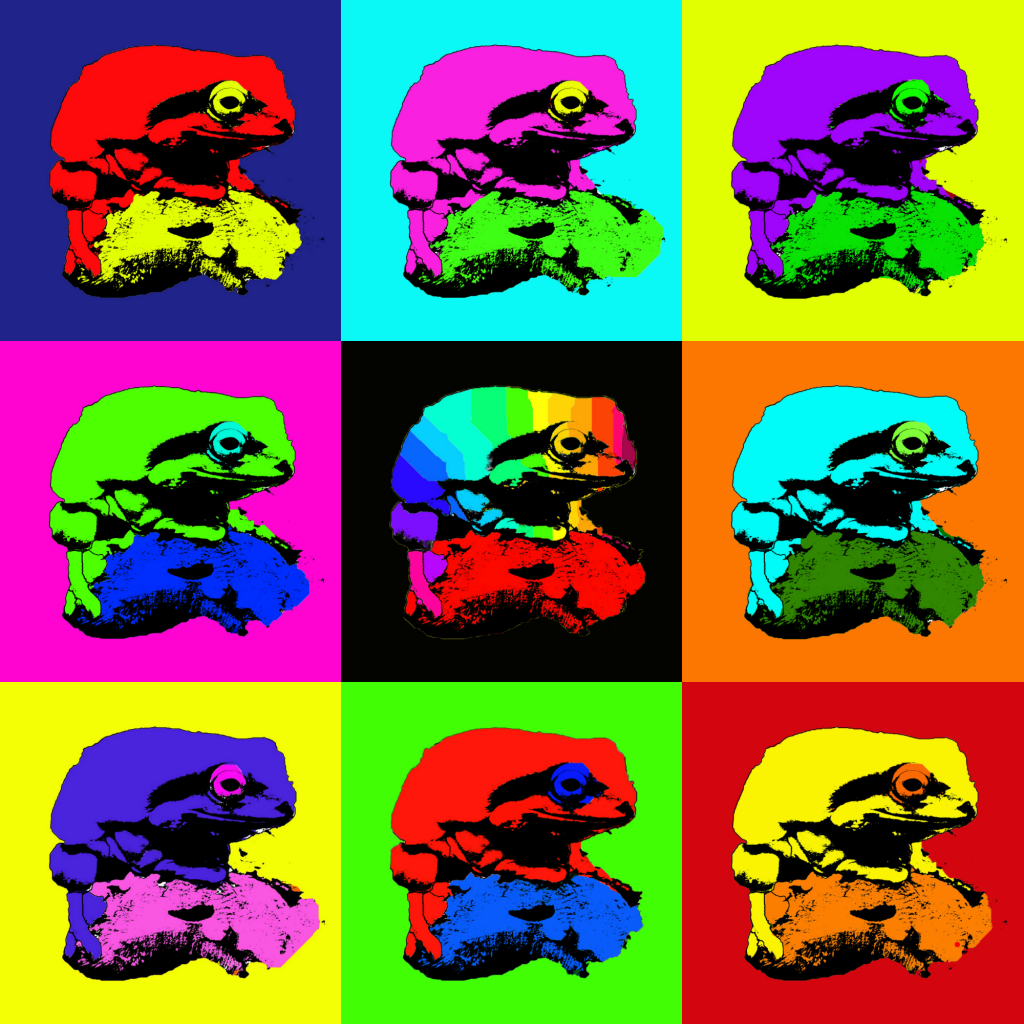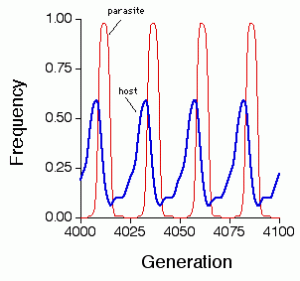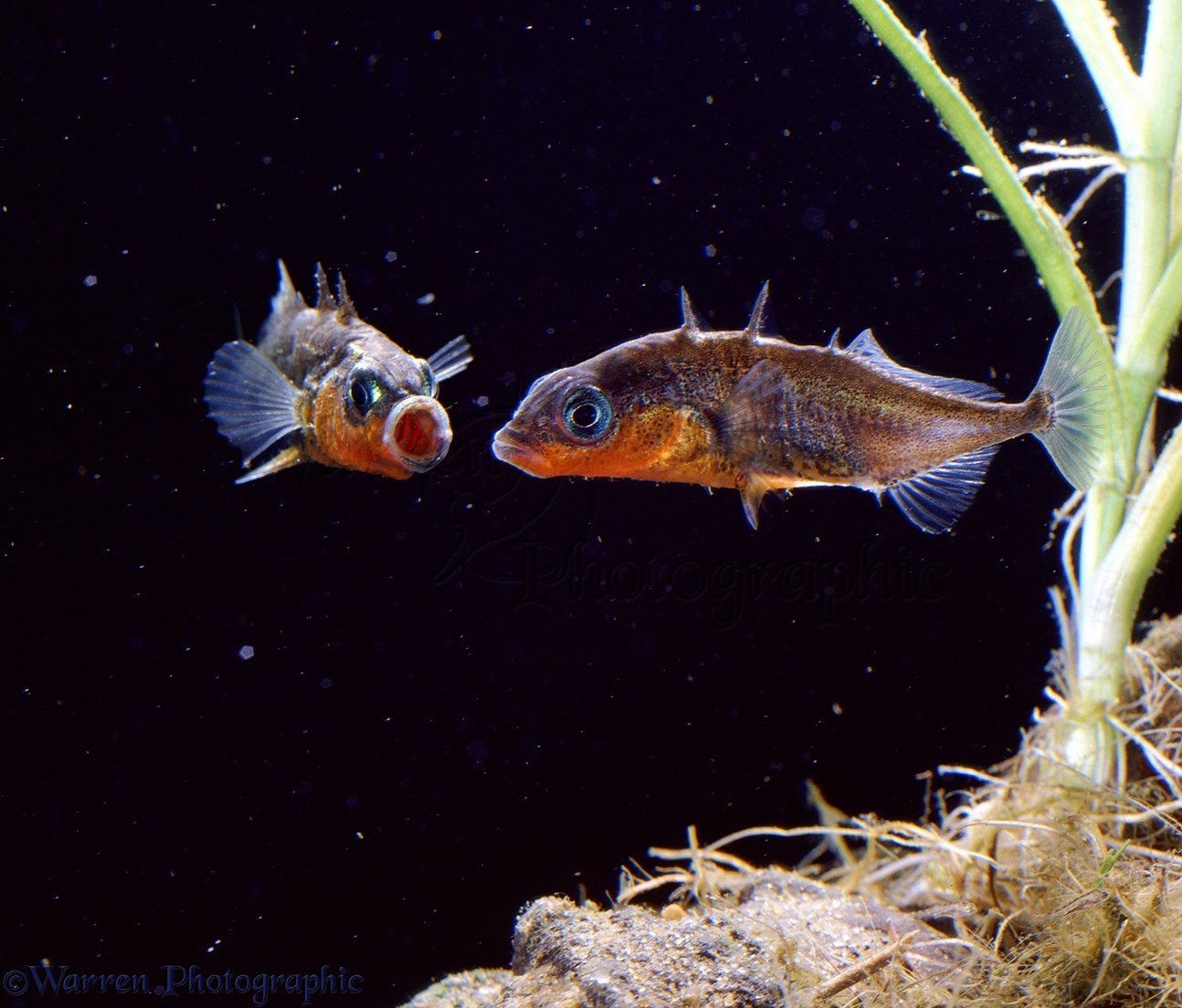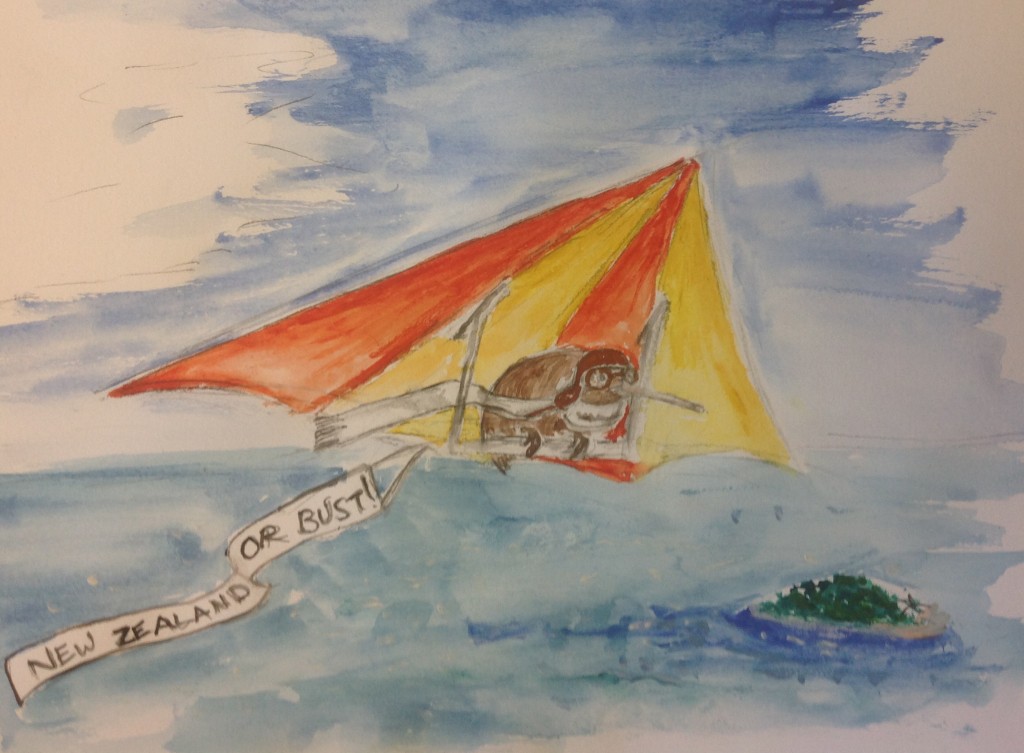When studying mental illness, the brain has long been the focal organ of interest. Psychiatry and neurobiology examine communication from the brain and how its chemical imbalance produces central nervous system (CNS) disorders such as depression and anxiety. However, microbiology presents a new avenue of inquiry that is looking from the opposite direction: how is communication to the brain affecting mental health? This is a provocative question under investigation through recent studies of the microbiota of our gut. Continue reading “Does your gut control your brain?”
Fixing itchy scalps could be as easy as balancing bacterial communities
Background
Microbes are everywhere. They live in our backyards, on our pets, in our homes and even on and inside of us! Microbes are the bacteria, fungi and viruses that exist in a particular environment, including the human body, soil, plants and the kitchen counter (Marchesi & Ravel, 2015). Our first experience with microbes is usually at home, where we are taught to wash our hands to prevent us from getting sick. “You can’t eat without washing,’ your aunt might say, “there are germs all over your hands!’ Your aunt is right. For every human cell in our body, there is a microbe cell to match it (Sender et al., 2016). However not all of these microbes are harmful.
Continue reading “Fixing itchy scalps could be as easy as balancing bacterial communities”
Does it even matter that you’re not a monkey? Host Species vs Immunocompetence
INTRO:
Viruses and their hosts influence each other’s evolution. As selection acts on viruses to increase their ability to infect hosts, selection is acting on hosts to decrease their susceptibility to viruses, and the next generation of viruses is less effective at infecting hosts. But the viruses continue to evolve, as do the hosts–they coevolve and often demonstrate this pattern:
This is called the Red Queen Effect, after the Red Queen from Through the Looking Glass by Lewis Carroll.

Continue reading “Does it even matter that you’re not a monkey? Host Species vs Immunocompetence”
Detecting smelly enemies: how a “fixed-ability’ can maintain predator avoidance

Human settlement has typically meant one thing for large carnivores: certain doom. Both people and predators rely on large tracts of land for habitat and other animals for food, and intensely compete for these resources. Europe is an example of a human-dominated landscape almost devoid of large predators. A diverse community of animals that are used for food (prey), such as roe deer and wild boar, have healthy populations regulated by hunting rather than predation by historically native carnivores such as brown bears (Salhen et al. 2016). Prey species use a variety of methods to detect predator presence, but a very common way animals do this is by scent (Apfelbach et al. 2005). If a deer detects a predator’s scent, they will change their behavior to escape. These abilities may fade over time if predators disappear from the landscape, as the ability to detect predators would no longer be part of the animal’s early learning. Due to conservation efforts, large carnivores are going through a sort of revival in Europe (Sahlen et al. 2016). Predators are recolonizing areas that they have been absent from for centuries. The increase in predators in Europe is a conservation success, but how will this affect prey populations? Without experience escaping from these predators, will they be obliterated? Continue reading “Detecting smelly enemies: how a “fixed-ability’ can maintain predator avoidance”
Hot Bod!: Evolution of Australian Frog Body Shape

Convergent evolution. Oh gosh, you might be thinking, here we go again, another lesson on convergent evolution. If you’ve been in an evolution class, you probably know the definition: the independent origin of similar phenotypes in distantly related species. You most likely spent a whole lecture on the topic or have encountered numerous papers on the subject. With so much emphasis put on convergent evolution, it must be an important concept in evolutionary biology. But why does it matter? What is its importance?
Continue reading “Hot Bod!: Evolution of Australian Frog Body Shape”
Aggressive Tendencies Not All That Bad
Behavior is Heritable?
Personality and behavior are not often thought of as heritable, meaning that those traits aren’t usually passed down from parents to offspring. The two are usually thought to be a product of the environment in which an organism lives. Why then are certain organisms able to exhibit certain personality or behavioral traits regardless of their environment? Humans have this ability, depending on the environment most of the time, they adapt to where they are at in order to be most successful. The same could be said for any organism, they are trying too obtain the highest fitness and reproductive rates. Some traits such as levels of aggression, can determine whether an individual survives or is eaten by a predator. If aggressiveness is a positive trait for survival and reproductive success, how is it passed down to future generations? Even though attitude is not necessarily thought of as a gene, it is possible that the combination of many genes and environment an organism lives in can play a factor in behavioral tendencies. Natural selection works in a fascinating way that allows for beneficial alleles, genes and mutations to increase in frequency as time goes on. If it is seen that an allele or trait is beneficial, females will look for males with that particular trait (sexual selection), so that their offspring have a better chance of surviving and reproducing in the future. This extraordinary phenomena can be seen in many different organisms, such as humans, elephants and even fish. Continue reading “Aggressive Tendencies Not All That Bad”
DNA helps piece together ancient Ice Age vegetation

Background
When someone asks you what animals looked like 30,000 years ago, you might describe a majestic scene like the picture above, or you might describe one of your favorite characters from Blue Sky Studio’s movie Ice Age. Now what if you were asked to describe the plants of the Ice Age? Many of us wouldn’t know where to start, and that’s okay because scientists are still discovering what vegetation was characteristic during the Ice Age. Let’s be honest, learning about a majestic mammoth or saber tooth tiger is way cooler than studying a puny arctic sedge, but knowledge of ancient plants hold important information related to studies on climate change and ancient animal habitat and diet. Continue reading “DNA helps piece together ancient Ice Age vegetation”
Spring 2016
A year has passed since we started this blog and now we have a whole new crop of fantastic posts from our Evolution Honors students and Graduate students. Stay tuned over the next week as we highlight some recent research in Evolutionary Biology.
The Case of the Flying Kiwi
At some point in elementary school– maybe third or fifth grade– your teacher likely pulled out a chart showing maps of the world throughout geological history, showing all the continents cozily squished together for a while as Pangea before they all started wandering off on their own. You probably traced the routes they took, noticed how South America and Africa seemed to fit together like puzzle pieces, and probably sat through an explanation involving dinosaur and fern fossils found throughout the Southern Hemisphere and an unlucky German weatherman who was unfortunate enough to be the first person to seriously suggest that the continents moved around throughout time. At some point, if your class was anything like my fifth grade science class, the teacher probably got into more detail about what all this continental rambling about meant for the plants and animals still around today- that all the fantastic and weird marsupials of Australia and the lemurs of Madagascar came to be because those two landmasses left the Gondwanan party early, before the more typical mammals took over, and that certain animals were found on all of the different continents of the Southern Hemisphere, distant cousins who all rode the bits and pieces of the former southern supercontinent to their current positions. At this point, in all likelihood, somebody brought up ratites. Continue reading “The Case of the Flying Kiwi”
Ardipithecus ramidus; four feet to two
In the evolution of humans, there was a point in time when our ancestors did not walk on two feet, but instead moved around on four. As the ancestors of humans evolved, they eventually reached a point where the transition to two feet began to occur. For a time, the fossils found detailing such a transition were of Australopithecus, a bipedal creature which seemed to sprout up in our evolutionary history 3.7 million years ago (1). Australopithecus had multiple novel adaptations associated with bipedalism, causing many scientists to believe Australopithecus to be the result of a sudden evolution of bipedalism in the ancestors of humans. At the same time, other scientists believe that bipedalism was unlikely to have suddenly shown up in Australopithecus with fully formed adaptations. Instead, they believed it was the result of a more gradual process, with multiple distinct ancestors in-between. Unfortunately for scientists who believed the gradual step process, there were no fossils to support such a hypothesis until the discovery of a new species known as Ardipithecus ramidus, in November 1994, whose skeletons were discovered in Ethiopia(2). Continue reading “Ardipithecus ramidus; four feet to two”



